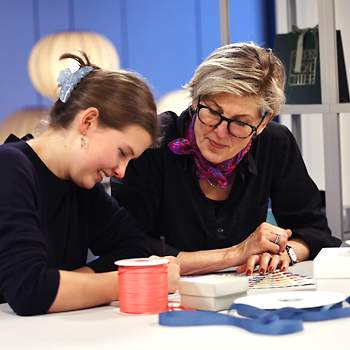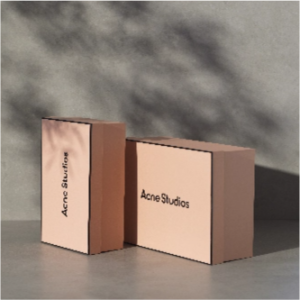E-commerce packaging – what works and what doesn’t?
Study shows the importance of the unboxing moment
- Article, Ecommerce packaging
Investing in delivery packaging is in many ways a good idea. New study reveals the importance of delivery designs.
The study was prepared in collaboration with Scanlux Packaging and export engineer Marie L. Jørgensen. This is a hands-on qualitative study of the physical packaging delivered by nine big brands. A mix of fashion brands, sports retailers and fashion resellers. The study aims to outline what works and what doesn’t work in terms of design and experience when developing e-commerce packaging.
Four key conclusions to help guide you to a better e-commerce packaging solution.
Briefly about the study
Briefly about the study
The report presents results from a qualitative analysis of nine companies’ e-commerce packaging. This is a low-practice study, where Marie has ordered goods from the selected companies and then examined the overall experience – from receiving the packages to unpacking and returning the goods.
The analysis examines:
Materials
Design
Information
Unboxing experience
User experience
The general customer service in connection with delivery and return.
The companies we studied


The choice of material affects the perception of quality and brand
We set out to look at the choice of packaging material. The study distinguishes between product packaging (the packaging that surrounds the product itself) and delivery packaging (the outermost packaging in which the product is shipped). The following results are worth highlighting:
8 out of 9 product packages were produced in recyclable plastic, while one was made of 100% biodegradable plastic.
6 out of 9 packages did not indicate the type of material used. Only three of the companies explicitly communicated that the packaging they used was recycled plastic.
In general, the materials reflected a high quality – with the exception of a single case that, unlike the other bags, was thinner and had neither a shiny nor a matte surface.
Among these observations, two results, in particular, are conspicuous.
On the one hand, companies seem to place emphasis on the quality of the material in terms of both the degree of sustainability and durability. But on the other hand, the vast majority of them do not communicate the choice of their packaging.
This is unfortunate because critical consumers are increasingly attributing importance to the quality level of the packaging when assessing the overall shopping experience.
In fact, a study by Ipsos shows that:
1/5 of online consumers are angry or upset if they receive a product with poor quality packaging.
1/4 will not re-order products from retailers who have initially shipped a product with poor packaging quality.
Therefore, there is great commercial value in developing packaging consisting of high-quality materials and with an environmentally friendly approach – and communicate this. This is because it can have a positive impact on consumers’ shopping experience and brand perception if the material is of good quality.
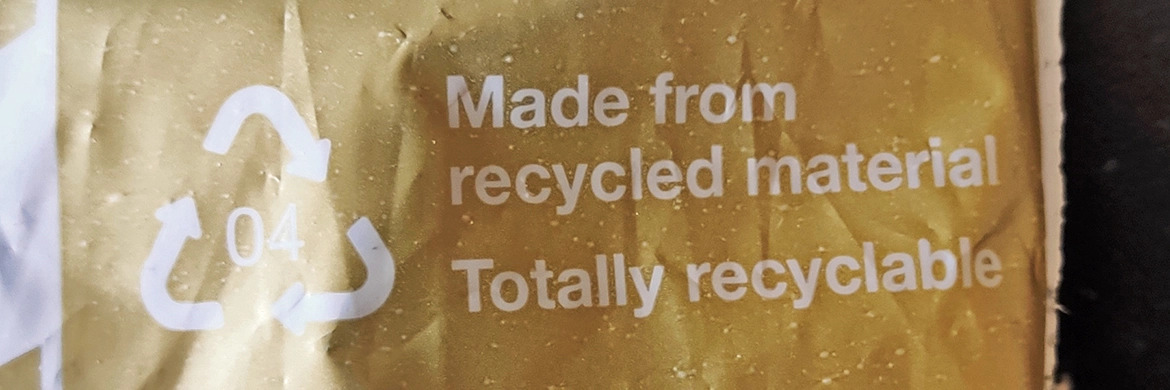
Unboxing is important for the overall experience
If we move on to the “unboxing” parameter, most of the delivery bags perform well. Here, the study showed the following results:
8 out of 9 delivery bags were easy to open without damaging the bag – either by tearing or cutting along a dotted line.
Only one bag was difficult to open and caused damage to the bag.
This high degree of ease of use in the form of smart packaging design is extremely important for the overall shopping experience. According to a study conducted by Dotcom
49% of consumers surveyed say that an exceptional packaging experience makes them more excited about receiving a product
39% will be more likely to share this experience on social media such as Snapchat, Facebook, Instagram, and similar platforms.
The easier it is to open, the better the experience. And it is very important if you as an e-commerce company want satisfied customers and good reviews. It can quickly become an annoyance and create frustrations if a consumer has to spend unnecessary time and hassle opening or closing the packaging. Therefore, it makes sense to make something out of the unboxing experience itself. That is, to develop functional packaging designs that can be easily opened without damage and that can be reused by the receivers afterwards.

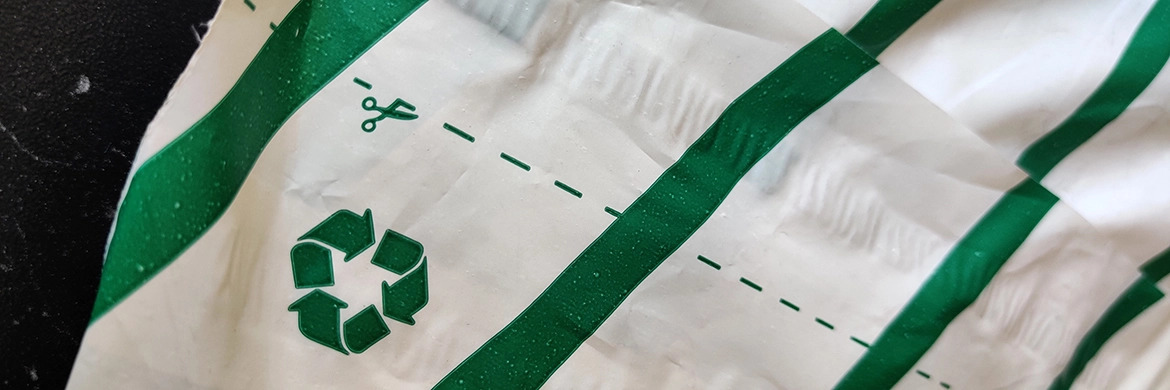

Return options are an important part of good customer service
A third important perspective that the study dealt with was the return options – including the possibility of resealing the delivery packaging. Studies show that the return of goods in particular is a growing problem in the e-commerce industry. According to PostNord’s European e-commerce report, the number of returned products is steadily increasing at the European level. The report shows, for example, the following figures for the Nordic countries’ online consumers:
42% have returned an online item in recent years.
47% consider hassle-free returns to be very important for their online experience.
87% expect to be able to return an item purchased online
In other words: Hassle-free
returns is no longer a “nice to
have”, but rather a “need to
have”.
But what results did our own study show here? In fact, the results were generally positive:
7 out of 9 delivery packages
were easy and straightforward
to return.
1 in 9 was difficult to return.
1 in 9 was moderately difficult to return.
These positive results are partly due to the fact that the seven delivery bags had:
- An adhesive strip for easy and practical resealing (as many as 8 out of 9 bags)
- Intact packaging for recycling
- Clear and easy to understand instructions for return (via physical delivery note and/or online description)
- Supplied return label – and any address label.
Conversely, the two remaining delivery bags scored lower because the instructions were incomplete and complicated, and because neither adhesive strip nor return label was included.
It is therefore clear to see that the companies have understood the importance of good return conditions. And they also do this well, as the trend towards the increasing number of product returns places ever higher demands on the level of customer service.
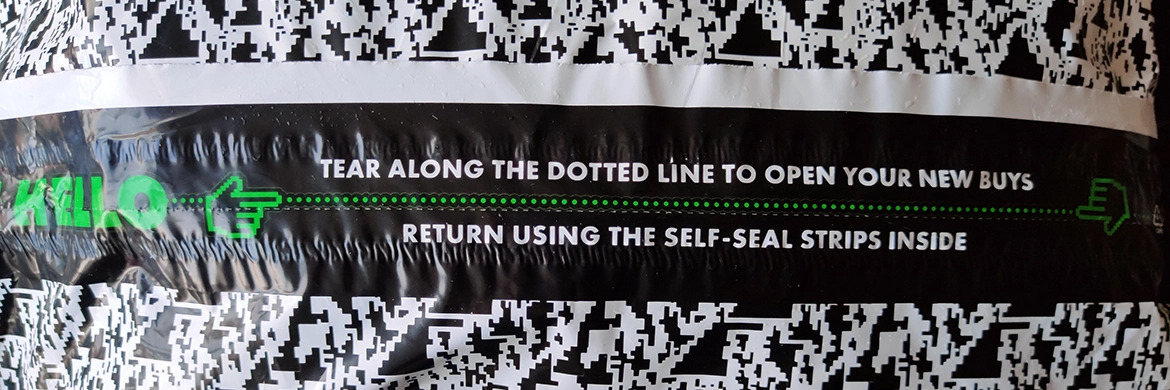
Clear information and communication on the packaging works well
Speaking of customer service, the last main conclusion deals with the communication of the delivery packaging. Or perhaps the lack of it. The communication part is an area of focus that seems to be relatively downgraded across the nine packaging designs in the study. Here it is particularly noteworthy that the delivery packaging reflects very sparse information regarding the packaging materials – including their degree of environmental-friendliness and any instructions on waste sorting. As we briefly mentioned in the introduction, the vast majority of the bags do not provide any information on the types of material the packaging consists of. Among the bags that actually indicate this, the information is primarily limited to one short sentence or a single recycling icon (“Der Grüne Punkt”)
The same pattern applies to the use of sustainable materials. Because even though several of the companies make use of environmentally-friendly materials, it is either described with a very small font size or omitted altogether. From a commercial perspective, the companies are missing out on great brand potential. Consumers are increasingly demanding sustainable alternatives in their everyday lives – and here product packaging is certainly no exception. According to a study conducted by the research institute Retail Institute Scandinavia, it appears that, for example, as many as:
83% of the young “Generation Z”
(born before 2001) believe that
it is important that products
and stores have sustainable
and ethically sound profiles.
Similarly, another study shows that more than 1 in 5 consumers prefer brands that make their sustainable profile visible directly on the packaging and in their marketing. There is therefore no doubt that the desire for more sustainability to that extent influences consumers’ purchasing decisions and brand preferences. And it is this influence that the companies in the study unfortunately missed by not communicating their sustainable materials, initiatives, policies and the like.
Amongst the delivery packaging examined, there were a few that actually made something out of their green profile. As the pictures above illustrate, information is provided here about the materials ‘environmental-friendliness and is supplemented with text descriptions of the companies’ environmental values and visions. This type of sustainable branding can help make companies more attractive in the eyes of environmentally-conscious consumers. And that might the reason they buy the products or not. Good product information and clear communication about the material’s type, composition, degree of recycling and possible waste sorting can pay off, literally. It creates clarity, trust and can motivate consumers to buy in the end.

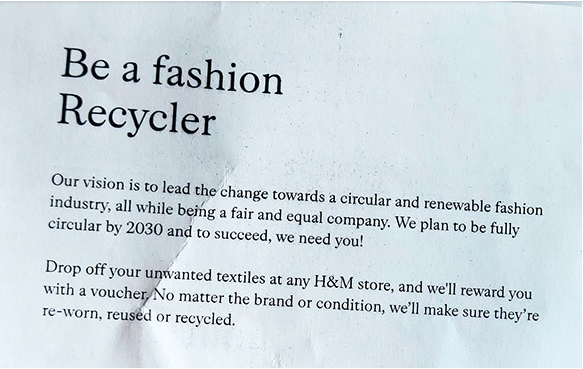
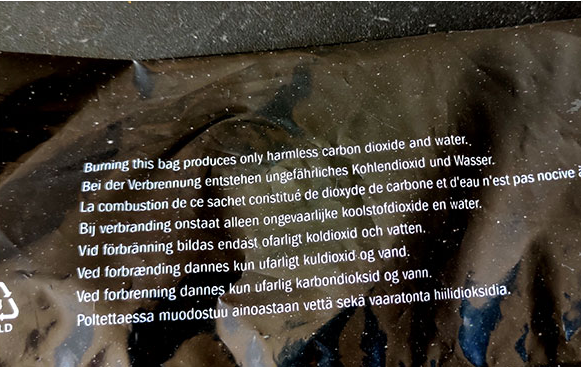
Conclusions: Use your packaging to impart knowledge and tell your story
Conclusions: Use your packaging to impart knowledge and tell your story
The study shows that delivery packaging greatly influences the overall shopping and user experience. When it comes to designing your packaging, there are a number of parameters that you can do something with. These are the points to consider: Carefully consider the choice of packaging material and make the recipient aware of the specific materials.
Look for quality materials with a high degree of durability, good thickness and possibly sustainable character. Also, consider whether the packaging should be reusable.
- Think about the aesthetics of the packaging – including colour, pattern, surface/texture, etc.
- Make it easy to open the packaging – e.g. by identifying a dotted line where the recipient can tear or cut the bag open.
- Create the optimal return conditions – e.g. by means of adhesive strip for easy reclosing, enclosed return label, etc.
- Make information as clear as possible when it comes to material type, sustainability, return instructions, or the like.
- Use the packaging to communicate a message; tell a story about you and your brand – e.g. environmental values, visions, etc.
In other words; You can create great value for your business by investing in innovative delivery packaging that makes it easy for your customers, and at the same time gives them an extraordinarily good user experience – from receipt to the possible return of the goods.
Sources:
Dotcom Distribution (2015): Unwrapping The Customer Experience: 2015 eCommerce Study Retail Institute Scandinavias (2019): http://retailinstitute.dk/er-du-klar-til-2019-og-de-nye-forbrugere/ Unilever (2017): https://www.unilever.com/news/press-releases/2017/report-shows-a-third-of-consumers-prefer-sustainable-brands.html
Let's talk
We would like to hear from you if you have any question or need a quote. Fill out this form and one of us will get it touch with your shortly.
Other stories
ARTICLE
Packaging is an important tool in your marketing – use it!
Do you see your packaging as a practical way to protect your products? A study shows that a third of your customers’ buying decisions are based on how the packaging for your product looks.
ARTICLE
Read the 5 things about e-commerce packaging that annoy consumers
What things are particularly irritating to consumers when it comes to e-commerce packaging – and why? Read on in this blog post, in which we highlight five common frustrations that you should avoid when developing packaging for your business.
ARTICLE
These are the 7 things you should know when you choose your packaging
It’s important to spend time creating packaging that expresses your brand and values. Whether you need gift wrap, gift boxes or shipping boxes, there are many choices you need to make when selecting packaging for your business. In this guide, we provide 7 tips on how to choose your packaging.



